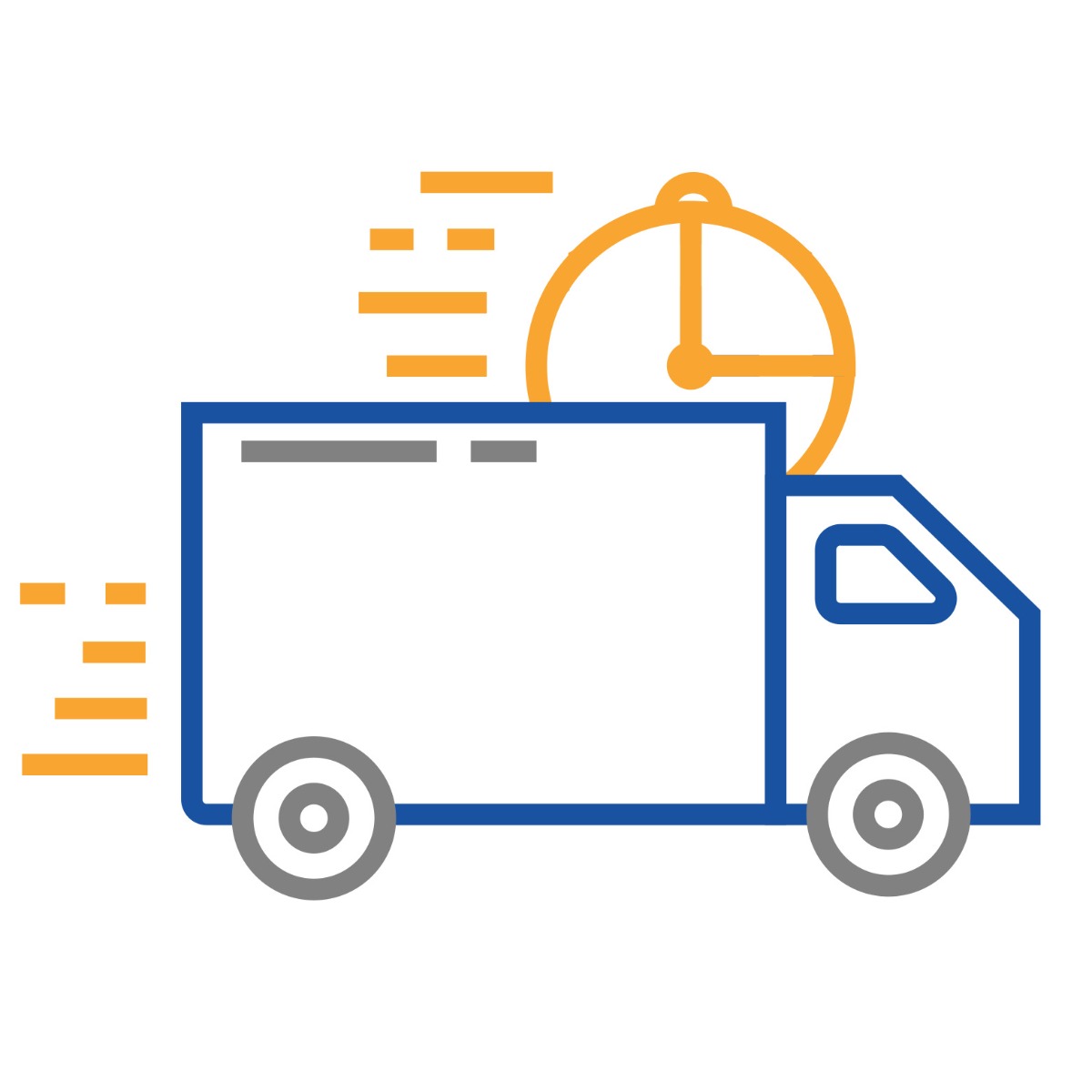How Do Nanny Cams Work for Surveillance: A Parents Guide
In today's society, where dual-income households are increasingly common, parents often find themselves balancing the demands of their careers with the paramount importance of their children's safety and well-being.
How do nanny cams work? Nanny cams, a discrete form of surveillance technology, have emerged as a vital solution for parents looking to oversee the care their children receive in their absence. These devices not only enable parents to monitor their children's daily activities and interactions with caregivers but also serve as a deterrent for potential neglect or abuse.
This guide is designed to clarify the functionality of nanny cams and provide essential insights into their selection, legal considerations, and ethical use. By offering practical advice and addressing common concerns, it seeks to empower parents to make informed decisions about leveraging technology to ensure the safety and happiness of their children.
Understanding Nanny Cams: What Are They?
Nanny cams are innovative surveillance tools designed to offer parents an unobtrusive method to watch over their children's safety when they are not around. These compact cameras blend seamlessly into the home environment, allowing for discreet observation without disrupting the daily routine. The spectrum of nanny cam technology is broad, catering to diverse needs and preferences:
- Basic Models: Simple, stationary cameras that provide live video feeds. Ideal for real-time monitoring without the need for advanced features.
- Advanced Systems: Equipped with features such as remote access, enabling parents to view the camera feed from their smartphones or computers, no matter their location. This connectivity ensures parents can check in on their children anytime, fostering reassurance and peace of mind.
- Motion Detection: Cameras with motion sensors can alert parents to unexpected movement, offering an additional layer of security by recording only when activity is detected, thus saving storage space and allowing for efficient review of footage.
- Night Vision: Essential for continuous monitoring, especially in low-light conditions, ensuring parents can watch over their sleeping children without disturbance.
The primary aim of utilizing wireless nanny cams is to ensure the well-being of children by monitoring their interactions with caregivers. This technology empowers parents with the ability to oversee their child's care, detect potential issues early, and maintain an open line of communication with caregivers, fostering a safe and nurturing environment for their children.
The Legal Landscape of Using Nanny Cams
Navigating the legalities of nanny cam usage is imperative for parents to ensure their surveillance practices are both ethical and lawful. The legal framework surrounding nanny cams can vary significantly, emphasizing the importance of understanding specific local laws:
- Video Recording: Most jurisdictions allow for the video recording in one's own home without the need for consent from the caregiver. This permission typically covers common areas where there's no reasonable expectation of privacy.
- Audio Recording: The legality of capturing audio is more complex and often requires consent from the person being recorded. This distinction underscores the necessity for parents to consider the implications of audio surveillance and seek legal advice if uncertain.
- Expectation of Privacy: Certain areas, such as bathrooms or a live-in nanny's private room, are generally off-limits for surveillance due to the expectation of privacy.
Legal Compliance
- Informing Caregivers: While not always legally required, disclosing the presence of nanny cams to caregivers can foster trust and transparency.
- Avoiding Sensitive Areas: Ensuring cameras are placed only in locations where monitoring is necessary and reasonable, avoiding private spaces.
- Understanding Local Laws: Laws can differ by state or country, making it crucial for parents to familiarize themselves with regional regulations regarding surveillance.
Choosing the Right Nanny Cam for Your Family
Selecting the appropriate wifi nanny cam is a crucial decision that hinges on understanding and prioritizing the features that align with your family's needs. Here's how to navigate this choice:
Assess Your Monitoring Needs: Begin by determining what aspects of your child's care and safety you wish to monitor. Consider whether you'll be using the nanny cam for general supervision or for specific concerns like monitoring sleep patterns or interactions with the caregiver.
Key Features to Consider
- Remote Access: If you're away from home often, a nanny cam with remote access allows you to view live footage from your smartphone or computer, providing real-time peace of mind.
- Night Vision: Essential for monitoring your child in low-light conditions, ensuring you can observe sleep without disturbing them.
- Motion Detection: Saves storage space and time by recording only when activity is detected, sending alerts to your device.
- Field of View: A wide-angle lens can cover more area, reducing the number of cameras needed to monitor a room.
- Resolution: High-definition video ensures you can discern fine details, critical for identifying specific behaviors or incidents.
- Storage Options: Decide between local storage (e.g., SD card) and cloud-based storage, balancing convenience with privacy considerations.
Consider the Environment: The camera's design should blend into the room without drawing attention. Many nanny cams are designed to look like everyday objects, like clocks or toys, maintaining discretion.
Budget: Finally, factor in your budget. While it's tempting to cut costs, remember that certain features, like video quality and reliability, should not be compromised.
Setting Up Your Nanny Cam: Best Practices
Proper installation and thoughtful placement are key to maximizing the effectiveness of your nanny cam while maintaining discretion:
Strategic Placement
- High Traffic Areas: Focus on areas where your child and caregiver spend the most time, such as the living room or playroom.
- Avoid Private Spaces: To respect privacy, avoid placing cameras in bathrooms or a live-in nanny's personal space.
- Elevated Positions: Placing cameras at a higher vantage point can provide a broader view and keep the device out of reach.
Maintain Discretion
- Concealment: Choose nanny cams designed to blend into your home's decor or mimic common household items.
- Inform Caregivers Appropriately: While discretion is important, transparency with your caregiver about monitoring practices promotes trust.
Ensure Proper Coverage
- Test Angles: Before finalizing placement, test different angles to ensure comprehensive coverage of the desired area.
- Consider Lighting: Check the camera's performance under various lighting conditions to guarantee clarity.
- Secure Your Network: When using Wi-Fi-enabled nanny cams, secure your home network to protect against unauthorized access to the camera's feed.
Regular Checks and Maintenance
- Battery Life: For wireless models, regularly check and recharge or replace batteries to ensure continuous operation.
- Software Updates: Keep the camera's firmware updated to benefit from security patches and improved functionality.
Navigating Ethical Considerations
Employing nanny cams while considering ethical boundaries involves a delicate balance between ensuring child safety and respecting the privacy of all involved. Here’s how parents can navigate these considerations:
Transparency with Caregivers
- Open Communication: Discuss your intention to use a nanny cam upfront. This fosters an atmosphere of trust and respect, and in many cases, caregivers appreciate the transparency as it also protects them.
- Discuss Boundaries: Clearly outline where cameras are installed and their purpose, ensuring caregivers understand their privacy is still respected in certain areas of the home.
Respecting Privacy
- Avoid Private Spaces: Never place nanny cams in areas where individuals have a reasonable expectation of privacy, such as bathrooms or a live-in nanny’s personal bedroom.
- Consider Opting for Video Only: If possible, choose video surveillance without audio to minimize privacy intrusions, unless local laws and mutual agreements permit audio recording.
Ethical Use of Footage
- Use Footage Responsibly: Footage should be used solely for the purpose of monitoring your child’s safety and well-being, not for other purposes like sharing publicly or scrutinizing every minor detail of the caregiver’s work.
Maximizing the Effectiveness of Nanny Cams
To ensure nanny cams serve their intended purpose without invading privacy, parents should adopt a strategic approach to reviewing footage:
Understanding Context
- Frequency and Duration: Regularly review footage, but avoid micromanaging every action captured. Focus on understanding the overall care environment rather than scrutinizing every detail.
- Recognize Patterns: Look for patterns in behavior, both positive and concerning, to get a comprehensive view of your child’s care experience.
Signs of Quality Care
- Positive Interactions: Look for signs of warm, attentive interactions between the caregiver and your child, including engaging in play, providing comfort, and encouraging learning.
- Safety Measures: Observe if the caregiver follows safety protocols you’ve established, such as proper supervision and childproofing practices.
Identifying Red Flags
- Neglectful Behavior: Signs of neglect, such as leaving the child unattended for extended periods or ignoring the child’s needs.
- Inappropriate Actions: Any form of harsh discipline, verbal abuse, or other actions that could harm the child physically or emotionally.
Taking Action
- Address Concerns Early: If you observe concerning behaviors, address them with the caregiver directly and constructively to find a resolution.
- Praise Positive Behavior: Likewise, acknowledge and praise the caregiver for positive actions and behaviors to reinforce good practices.
Conclusion
Nanny cams are an invaluable tool for parents aiming to ensure their children's safety and well-being in their absence. By understanding the legalities, ethical considerations, and technological features, parents can make informed decisions to monitor their child's care effectively.
The goal is to create a safe and nurturing environment for your child, while also maintaining a transparent and respectful relationship with your caregiver.
For those looking to equip their homes with the latest in surveillance technology, Zetronix offers a wide range of top-quality nanny cams and other surveillance gadgets. Visit Zetronix today to find the perfect solution to meet your family's safety needs and gain peace of mind.
FAQs
1. Is it legal to install a nanny cam in my home?
Yes, it's generally legal to install a nanny cam in your own home for the purpose of monitoring your child's safety and caregiver interactions. However, laws vary by country and state, especially regarding audio recording and areas where there's a reasonable expectation of privacy, such as bathrooms. It's important to research local laws to ensure compliance.
2. Should I inform my nanny about the camera?
While not legally required in all jurisdictions, ethically, it's recommended to inform your nanny that you have installed a nanny cam. This transparency fosters trust and respects the caregiver's privacy rights, creating a healthy work environment.
3. Can nanny cams record audio as well as video?
Nanny cams can record both audio and video, but the legality of audio recording without consent varies significantly between regions. In many places, recording conversations without the consent of the parties involved is illegal, so check local laws before activating audio recording features.
4. What features should I look for in a nanny cam?
Key features to consider include:
- Remote access for viewing footage from your smartphone or computer.
- Motion detection to alert you to activity and save storage space.
- Night vision for clear images in low-light conditions.
- High-definition video quality for clear footage.
5. How can I use nanny cam footage ethically?
Use nanny cam footage primarily for the safety and well-being of your child. Avoid sharing footage publicly or using it for purposes other than monitoring your child's care. If you observe concerning behavior, address it directly with your caregiver in a respectful and constructive manner.




